Automating the sorting of Xenopus oocytes and embryos
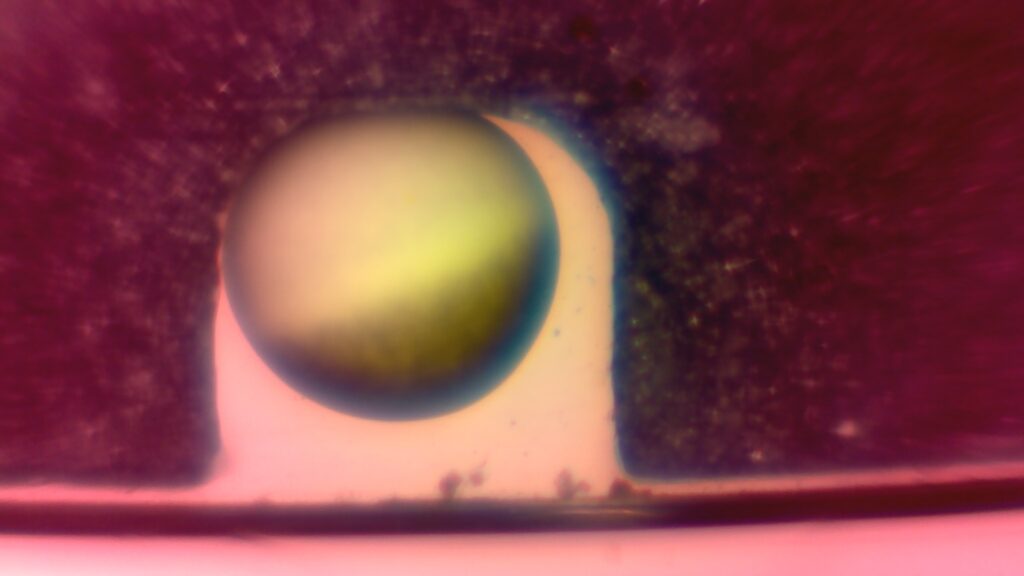
Xenopus laevis is the scientific name of the African clawed frog. This species is native from southern Africa and inhabits slow moving water or stagnant ponds. Its facility to adapt to different environments and conditions makes it considered as an invasive species in Europe, North America and South America (1). The consequence of its invasiveness […]
Fifth in the series : Prof. Janet Heasman
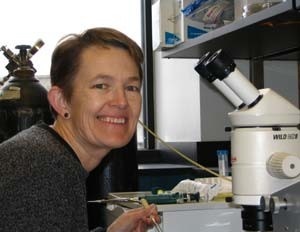
For the last week of March and as the end of our mini-series, we are pleased to present Prof. Janet Heasman. She has dedicated her career to vertebrate development using Xenopus laevis as a model. Biography Her contribution to Xenopus science Conclusion References Biography Janet Heasman was born in Hartlepool, England (1,2). She attended University […]
Fourth in the series : Hilde Mangold
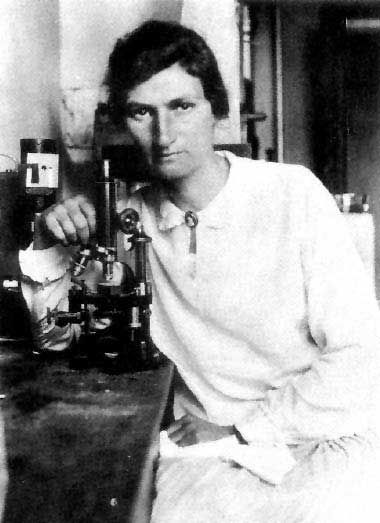
To continue the March series of articles on women, we are pleased to introduce a woman who greatly contributed to the understanding of cell fate in the development of amphibian embryos, such as Xenopus laevis. This woman is Hilde Mangold, a German biologist of the early 20th century. Biography Hilde Mangold’s contribution to the concept […]
Xenopus laevis chromosomes in the Christmas spirit
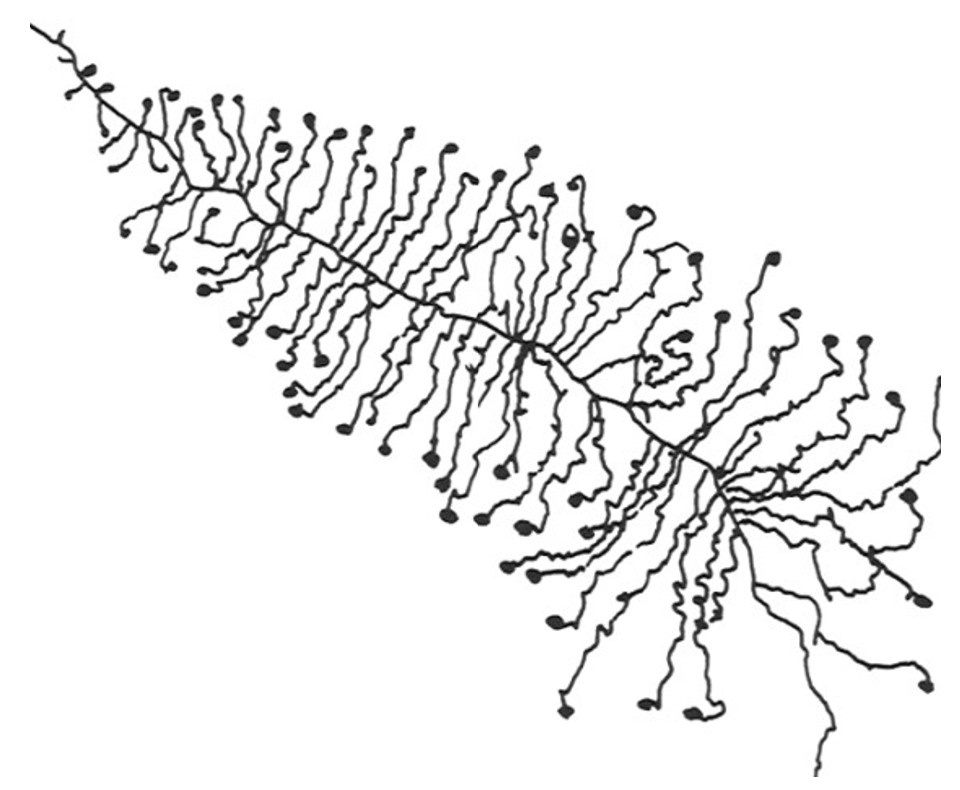
Christmas is coming and even the African clawed frog (Xenopus laevis) cells are in the Christmas spirit. In fact their cells contain a structure that looks like Christmas trees. But what is this particular structure? They are rRNA transcription units in chromatin spreads. And what does this mean? Keep reading to understand it! In this […]
Introducing Xenopus!
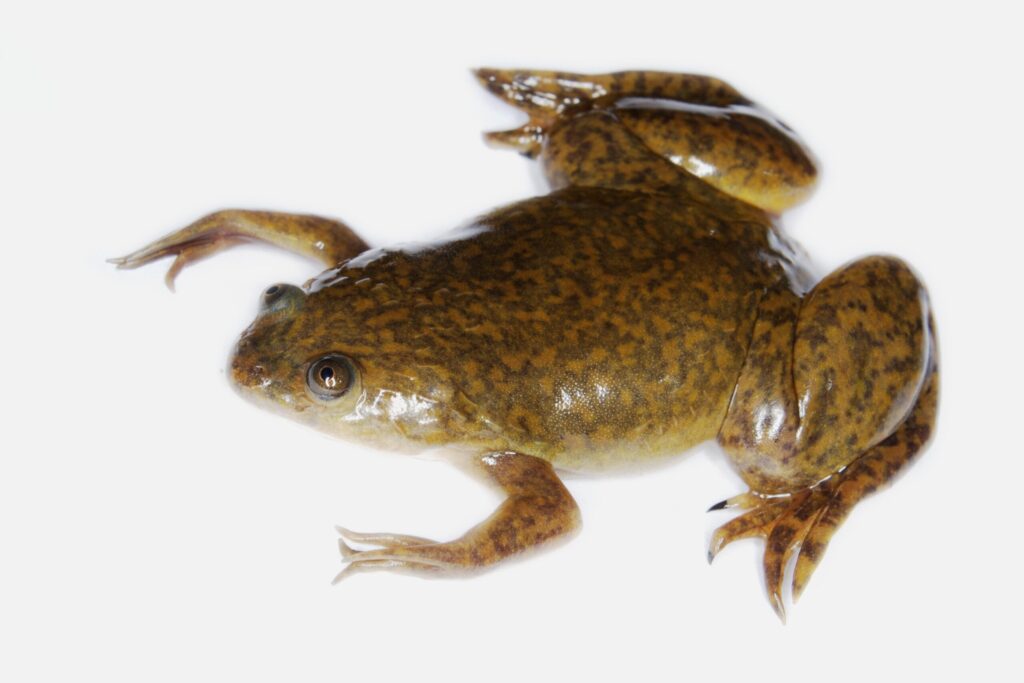
Over the past couple of weeks, you might have encountered men of all ages, proudly wearing a freshly grown moustache. During the month of November, many men take part in Movember, an annual event which involves growing a moustache to raise awareness around men’s health and in particular men’s mental health and prostate and testicular […]
Small model organisms
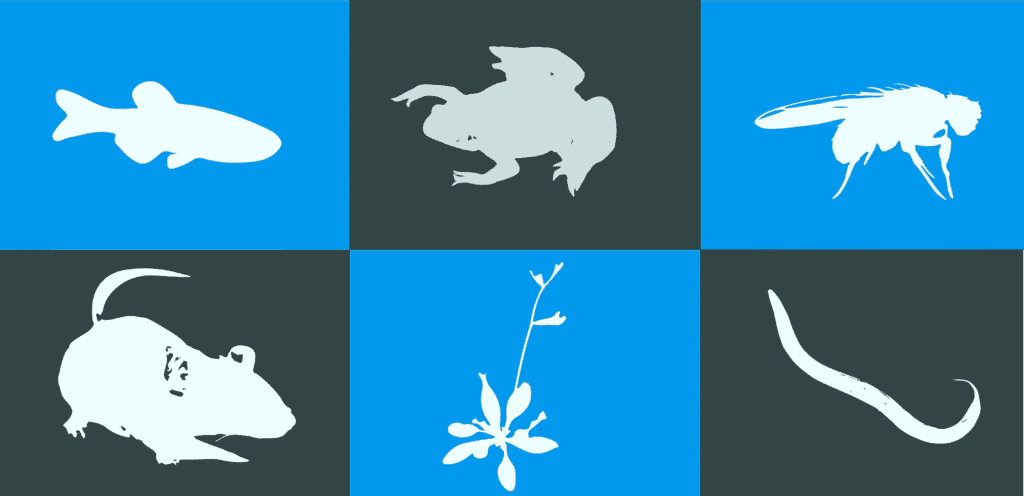
Over the past years, zebrafish have proven to be excellent model systems for a wide panel of experiments. We have discussed throughout our previous articles their advantages and disadvantages, how they could be incorporated to various research fields and different automation techniques which facilitate their handling in laboratories. Today we will discuss 4 other model […]